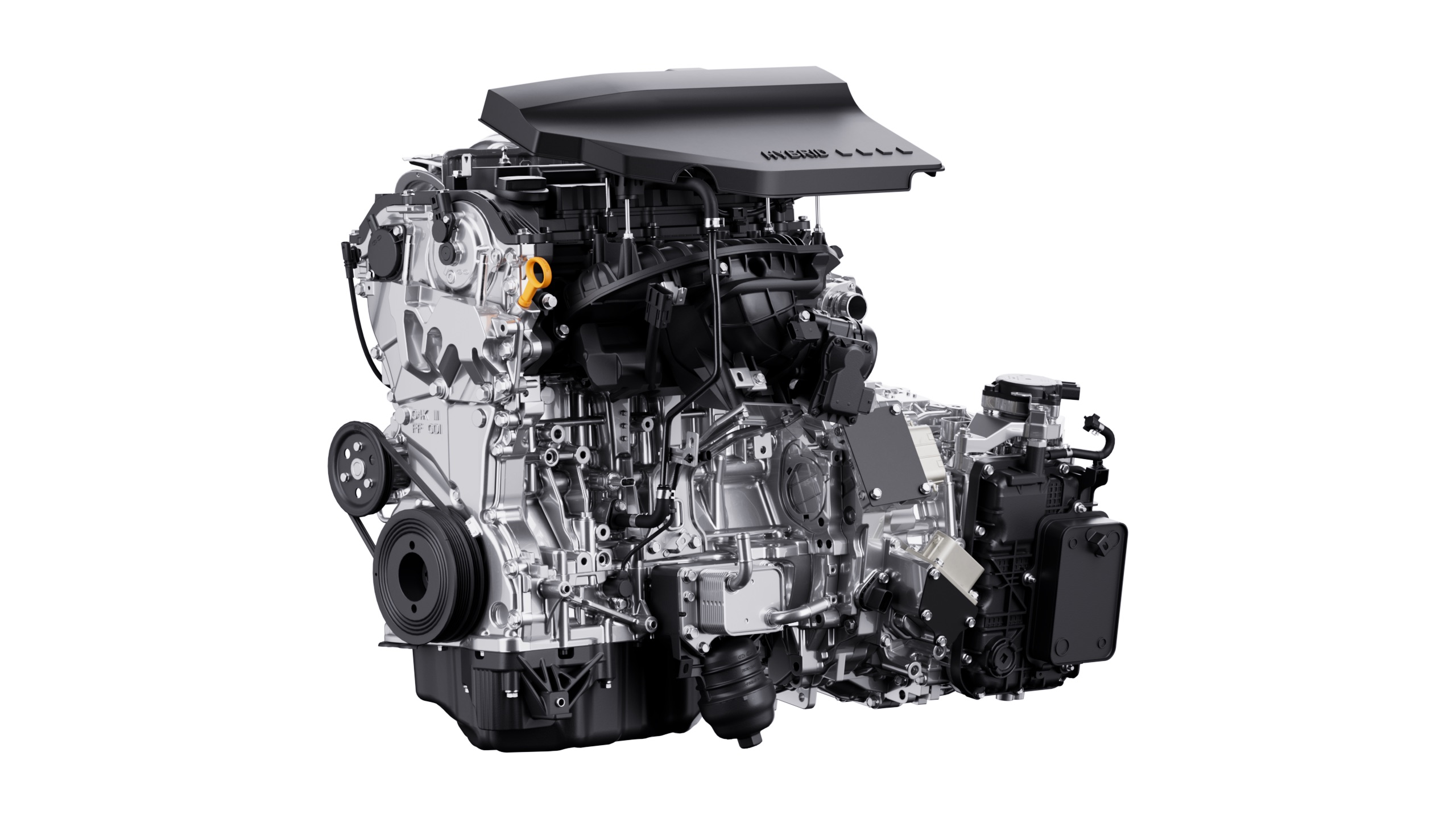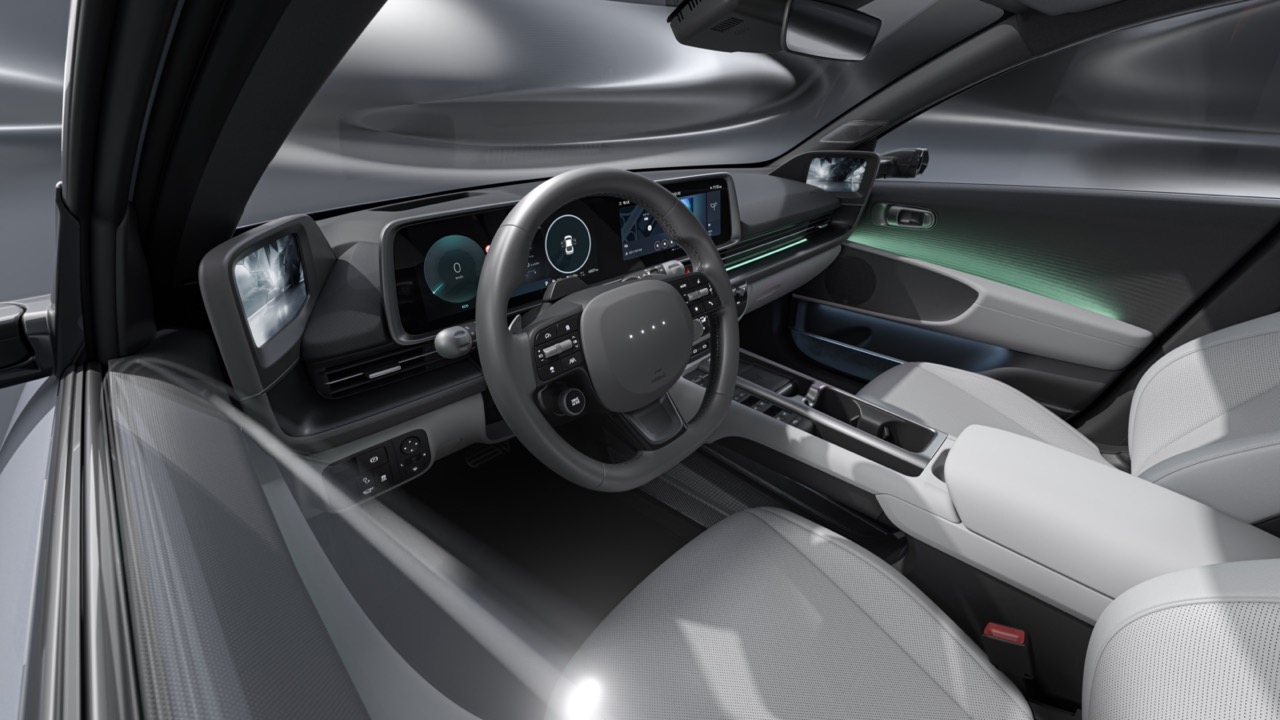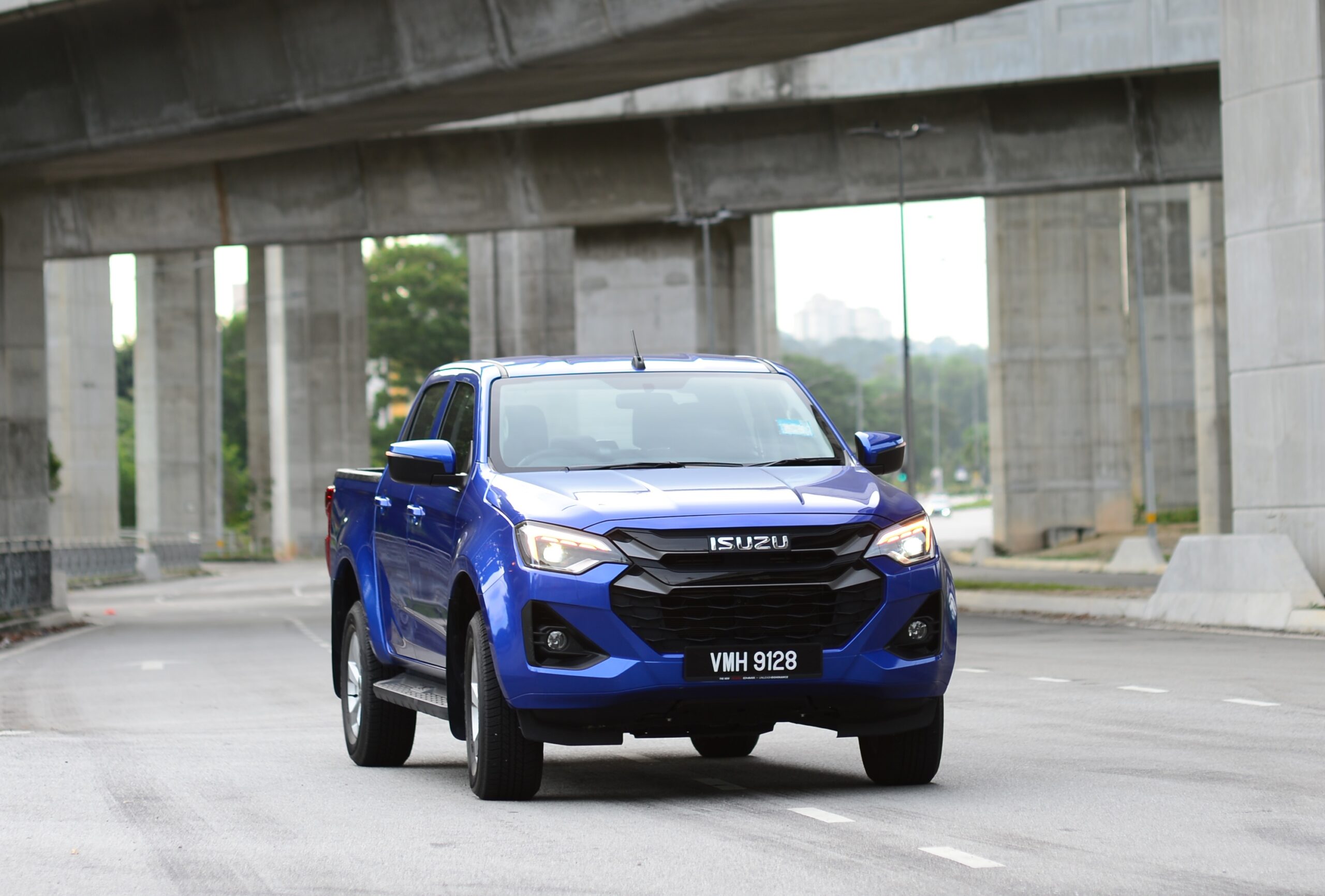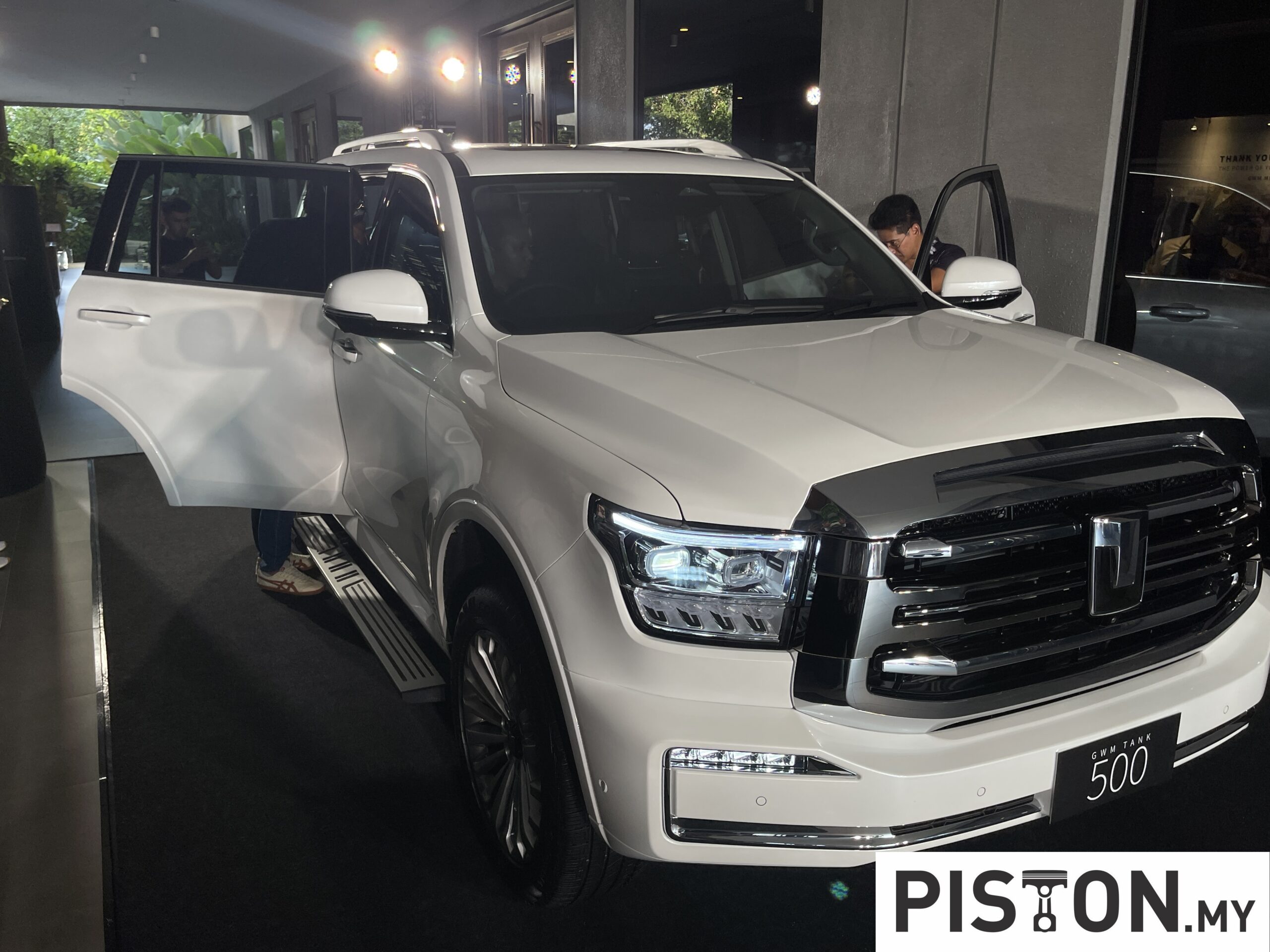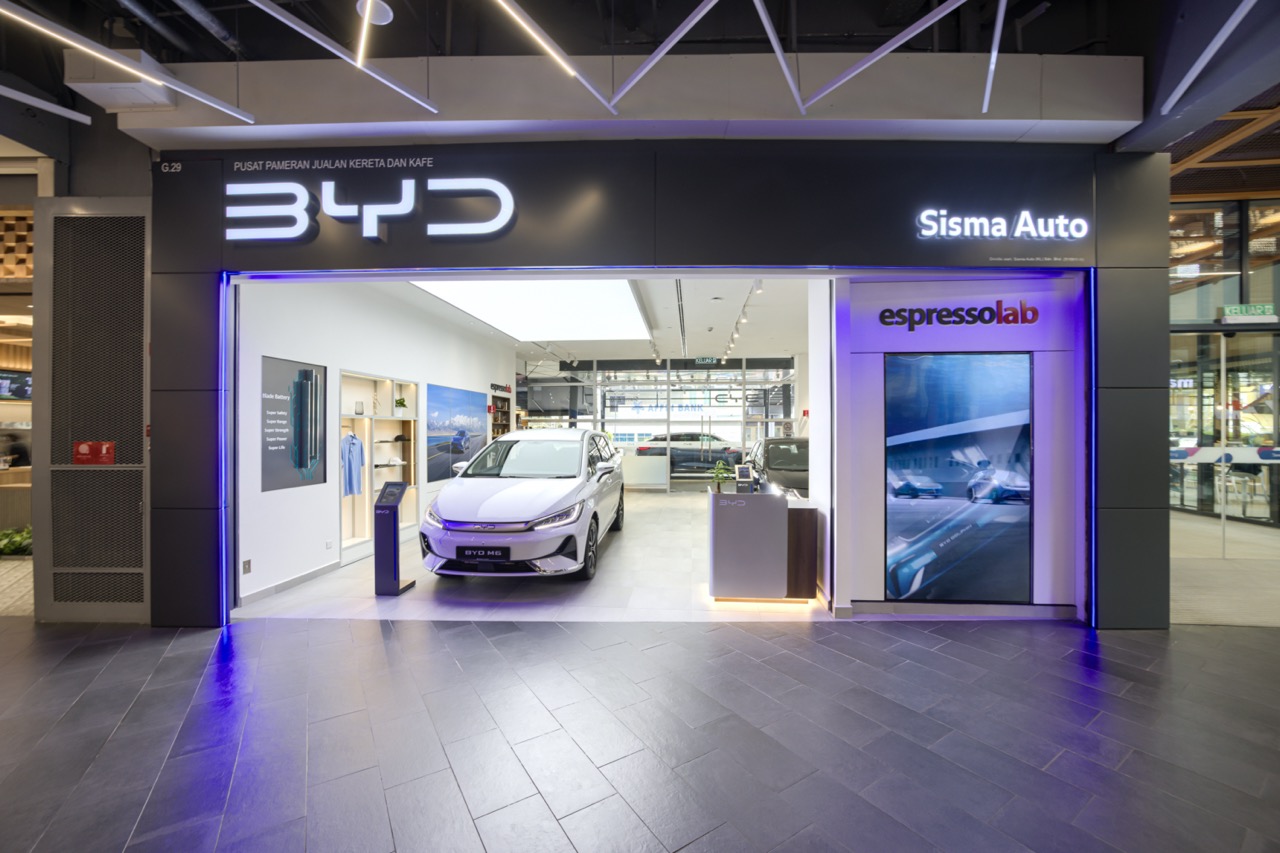While housewives may be able to limit their driving as their pregnancy progresses, there are many women who will still be driving to work daily. During this journey to parenthood (if it’s the first time), mothers-to-be need to continuously make in-vehicle adjustments to ensure optimal positioning and safety while driving.
To help engineers better understand the needs of expectant mothers, Ford Motor Company designed an ‘empathy belly’ – or pregnancy suit. This maternity suit adds an extra 13.6 kgs of weight (the average weight gained during pregnancy) and simulates the bulkiness and discomfort of the third trimester of pregnancy, helping engineers design vehicles that enable expectant mothers – and a broad range of drivers – to make necessary adjustments that support safe driving.
Based on insights gained from wearing the empathy belly, here are top tips from Ford to further help women drivers on the road to motherhood.
Seatbelt safety
Ensure the seatbelt has a snug fit. Pull the seatbelt over the shoulder, between the breasts and to the side of the belly. The lap portion of the belt should be located at the hip, and below – not across – the abdomen, making sure it lies as flat as possible under the curve of the belly. Never put the shoulder belt behind or under the arm, as this can cause serious injury in the event of an accident.
Make proper vehicle adjustments
Move the seat back to a comfortable distance from the pedals, ideally sitting about 25 cm away from the steering wheel, to protect the abdomen if the airbag deploys in a frontal collision. If the car’s steering wheel is adjustable, point the centre of the steering wheel away from the belly and toward the chest. After changing the seat position, be sure to adjust the rearview and outside mirrors. Should backaches occur, place a small round pillow or rolled towel behind the lower back to improve comfort while driving.
From snack attacks…to nausea
Food cravings (and ‘morning’ sickness) can happen at any time of day. Be sure to pack plenty of water and favourite snacks to satisfy those cravings. Keep extra ‘nausea bags’ in the purse and glovebox. And always avoid distracted driving – pull over to a safe place when hunger or sickness strikes.
Have a rest… or avoid driving
The ‘pregnant brain’ endures more strain than usual, so map out trips in advance (use Waze to see how long the journey might take). Avoid driving long distances if possible, and take frequent breaks to promote blood circulation in the feet, since feet and ankles swell more easily when sitting for extended periods of time. So take a break, and stretch and move the legs, feet and toes.
Better still – avoid driving when possible. For expectant mothers, the middle rear seat is the safest place in a car (as long as it offers a shoulder and lap belt). But if seated in the front passenger seat, push it back as far as possible to protect the abdomen if the airbag deploys.
Shop for a childseat
Once the baby has arrived, a childseat will be necessary and an infant seat will be the type to use during the first 2 years. After that, depending on the speed of growth, a bigger seat will be needed. Unless really necessary, the childseat should be installed at the back instead of the front passenger’s seat. A small wide-angle ‘baby mirror’ can be installed on the ceiling so the driver can watch the back without having to turn around frequently.











